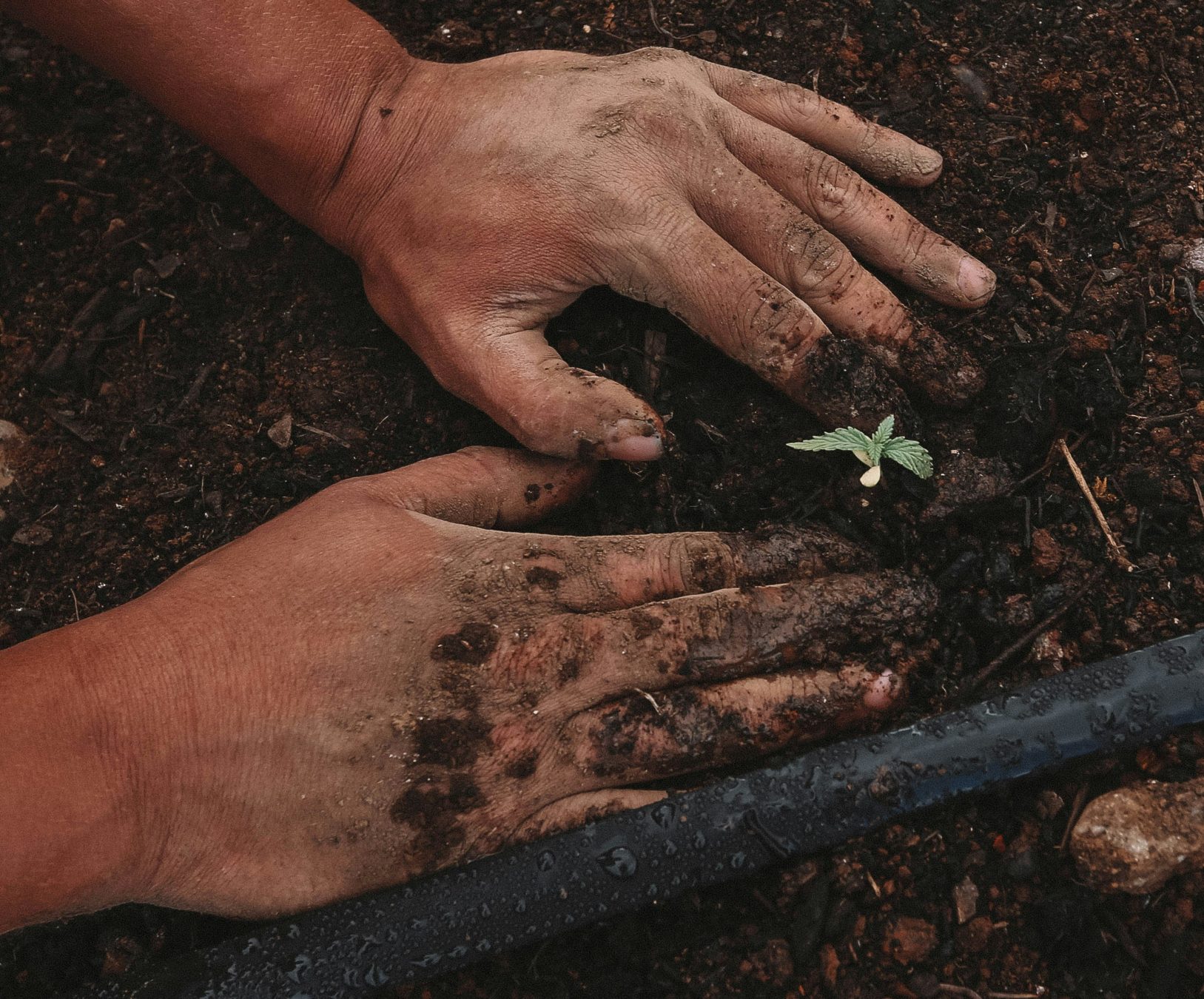Google Research and its partners are rolling out AI-driven forecasts to 38 million farmers across India.
The forecasts, delivered by SMS, focus on the timing of the monsoon which is important for crop production and rural livelihoods. The effort involves collaboration with the University of Chicago and India’s Ministry of Agriculture.
Predicting monsoon rains has been a problem for decades despite their central role in India’s farm economy.
Accurate information can determine whether crops succeed or fail, particularly in regions already grappling with climate disruptions and water scarcity.
Google Research has introduced NeuralGCM as part of the rollout. The model uses historical weather records and operates on laptops, making it different from conventional supercomputer-based systems.
“For years, weather and climate models have been costly and complex, often requiring a supercomputer to run,” said Olivia Graham and Stephan Hoyer of Google Research. “Our teams at Google Research wanted to see if we could build these models more efficiently and more accurately, leading to the creation of NeuralGCM.”
The University of Chicago tested several AI models before selecting NeuralGCM. The system can forecast the onset of monsoons up to a month ahead and has already shown its value by predicting an unusual dry spell during the rainy season.
Evidence from the programme shows that access to accurate forecasts nearly doubled farmers’ annual incomes.

